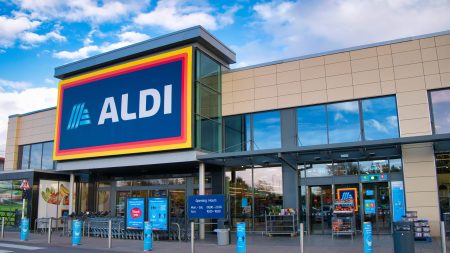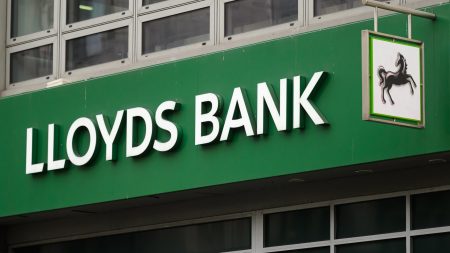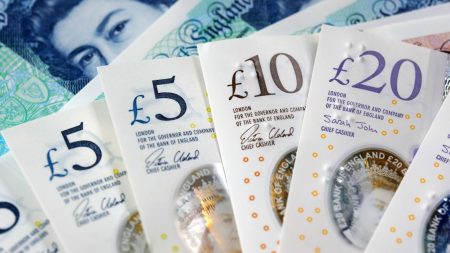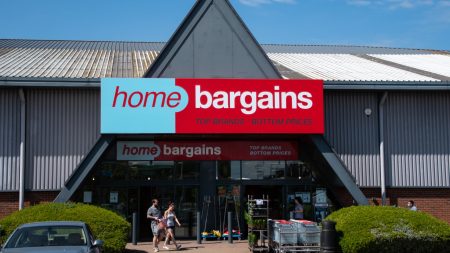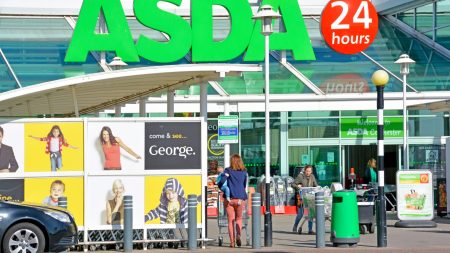Paragraph 1: Heineken’s Strategic Shift Amidst Rising Costs and Tax Changes
Heineken, a major brewing company, is navigating a complex landscape of rising costs and evolving tax regulations, leading to significant adjustments in its product offerings and pricing strategies. A key change involves reducing the alcohol content (ABV) of its popular Sol beer from 4.2% to 3.4%, effective February 25th. This move, while potentially displeasing some consumers, is accompanied by a decrease in the wholesale price. Simultaneously, Heineken is implementing a 2.97% increase in the wholesale price of its draught beer for pubs starting February 1st, and a 2.5% increase for packaged products. These price hikes are attributed to the company’s efforts to mitigate the impact of inflation and manage internal costs, but they may ultimately translate to higher prices for consumers at the pub.
Paragraph 2: "Drinkflation" Trend and the Impact of Alcohol Duty Reforms
Heineken’s ABV reduction in Sol follows a broader industry trend known as "drinkflation," mirroring the "shrinkflation" phenomenon in other retail sectors. This involves reducing product content – in this case, alcohol content – while maintaining or even increasing prices. The driving force behind this trend is the newly implemented alcohol duty system, effective August 2023, which taxes beverages based on their alcoholic strength rather than type. Drinks with an ABV of 3.5% or higher are subject to higher taxes, incentivizing brewers to lower the ABV of their products to the 3.4% threshold to avoid the increased duty. Heineken’s similar ABV reduction for John Smith’s Extra Smooth, Hophead, and other brands like Carlsberg (Grolsch) and Kronenbourg demonstrate the widespread adoption of this cost-saving strategy.
Paragraph 3: Looming Environmental Regulations and Their Impact on Brewers
Beyond alcohol duty changes, brewers face additional financial pressures from upcoming Extended Producer Responsibility (EPR) regulations. The EPR aims to incorporate the full environmental cost of a product throughout its lifecycle into its price. A key component of the EPR, the Packaging Recovery Notes (PRN) system, will increase its fees from 37% to 100% later this year, placing the full burden of these costs on producers of packaged goods, including brewers. The British Beer and Pub Association has expressed concerns about the potentially crippling financial strain these increased fees will impose on the industry, urging the government to reconsider.
Paragraph 4: National Insurance Hikes and the Ripple Effect on Pubs and Consumers
The brewing industry faces yet another financial hurdle with the impending increase in employer National Insurance Contributions (NICs). This hike, raising the rate from 13.8% to 15%, adds to the growing list of cost pressures on pubs and brewers. While these businesses strive to absorb these increasing expenses, some warn that the additional burden may ultimately be passed on to consumers through higher pint prices. This adds to the overall cost of doing business in the hospitality sector, which is already grappling with various economic challenges.
Paragraph 5: The Budget’s Impact on the Hospitality Sector
Recent budget announcements have introduced further challenges for pubs and restaurants. Increases to the National Living Wage, coupled with adjustments to the National Insurance threshold for employers, will further increase labor costs for these businesses. The combination of rising NICs rates, a lower threshold for NI liability, and the increased National Living Wage creates a multifaceted pressure on pubs. This complex interplay of factors may necessitate further price adjustments to maintain profitability, potentially impacting consumer affordability.
Paragraph 6: The Cumulative Effect of Multiple Cost Pressures
The convergence of multiple economic pressures – "drinkflation," EPR regulations, rising NICs, and changes introduced in the budget – creates a challenging environment for the brewing and hospitality sectors. These combined forces necessitate strategic adjustments by businesses like Heineken, including ABV reductions, wholesale price increases, and potentially higher prices for consumers. The long-term impact of these changes on both the industry and consumer behavior remains to be seen. Consumers may face higher prices, altered product offerings, or both as businesses strive to navigate these complex economic realities. The brewing industry will need to balance cost-saving measures with maintaining product quality and consumer appeal in this evolving landscape.






